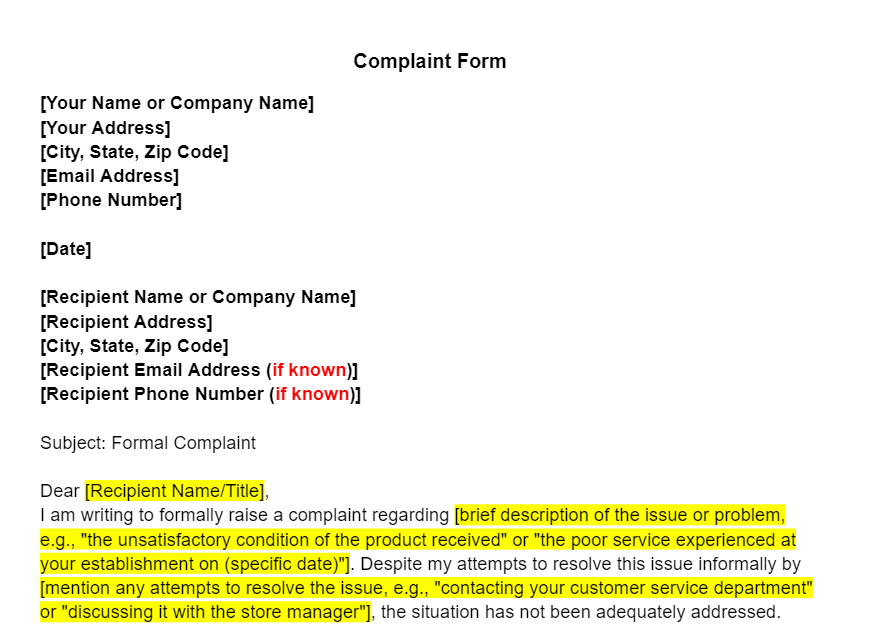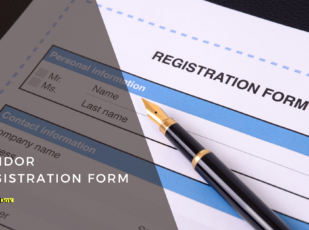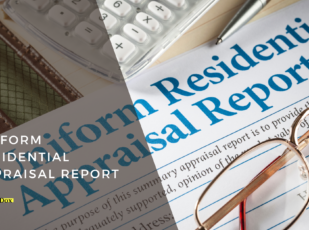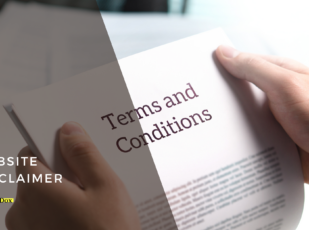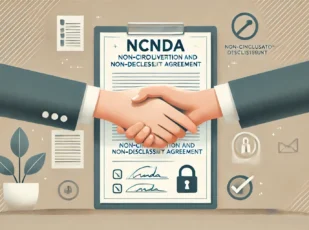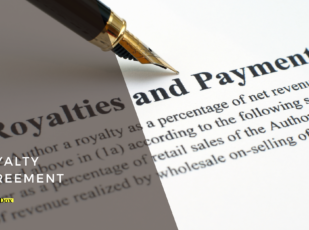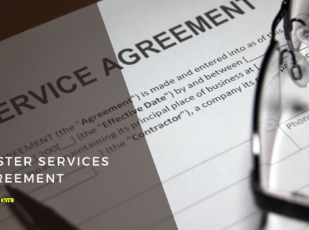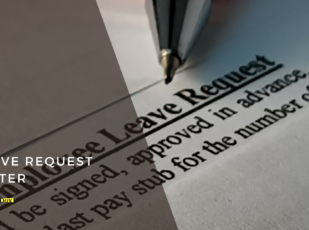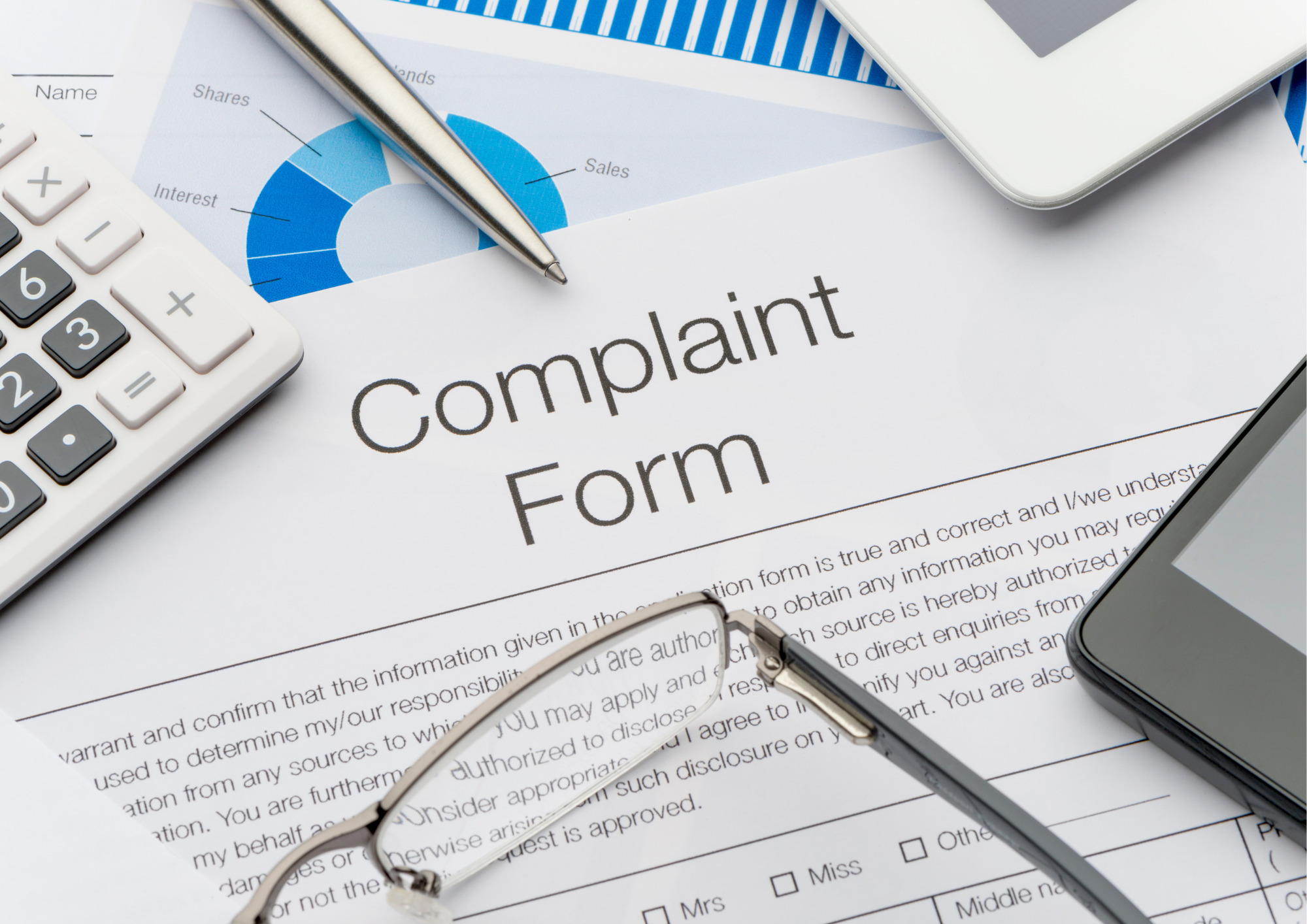
Complaint Form Template
7 Downloads
Commercial
January 2, 2025
Sayantani Dutta
Every business deals with customer complaints. It doesn’t matter how long you’ve been in business or how good your product or service is, sooner or later you’ll encounter a dissatisfied customer who wants to voice their concerns about dealing with your company.
Don’t approach complaints as a drawback, instead, think about them as valuable customer feedback you can use to improve your business. By analyzing patterns in data collection of complaint forms and satisfaction surveys you get valuable insights into how customers view and interact with your company and brand.
Not all complaints are the end of the road for your customer relationship management. If you handle the complaint successfully, your customer might decide to continue using your products and services, despite their initial bad interaction with your business.
Handling customer complaints properly shows your patrons that you value their business and you’re willing to work with them to resolve their issues. With the right strategy and approach to handling complaints you demonstrate exceptional customer service standards, and that might impress the customer enough to lead to repeat business and referrals.
The complaint form is the foundational document involved in handling customer complaints. It’s a formal way for your customers can communicate their concerns with you. Without a compliant form included in your operating practices, your team will handle complaints inconsistently, leading to mixed responses from your customers and the potential of escalating the situation to a negative review or the customer taking legal action against your company.
Understanding the Types of Customer Complaints
There are several types of complaint forms you can use in your business, and each of them serves a specific purpose. Here are a few examples of the types of customer complaint forms you should be using in your business.
Customer Service Complaints
This complaint involves a customer having a negative interaction with one of your employees when querying about a poor purchase experience when dealing with your company, products, or services.
New Customer Complaints
These complaints come from first-time customers who have a bad experience with your team, products, or services.
Repeat Customer Complaints
These are complaints from long-time customers who experience a negative interaction with your team, products, or services.
Product Complaints
Customers may complain if they have a negative interaction with your products and demand that you help them resolve the problem.
Value Complaints
Customers may complain if they feel your prices don’t justify the value they receive from purchasing and using your product or service.
Understanding the Value of the Customer Complaint Form
A customer complaint form is beneficial both for the customer and the business. By offering your customers the option of completing a complaint form when they have a negative experience with your business you facilitate the collection of information surrounding their interaction with your products and/or services.
A complaint form makes customers feel valued and that your company cares about their issues. It gives you a way to fully encapsulate the customer’s problem and their thoughts about how you can resolve the issue and keep their patronage.
The complaint form acts as an empowerment tool for your customers. It gives them a way to notify you of problems with the customer journey and experience and report issues with your products and services that may have gone unnoticed by your team.
The complaint form is a tool offering customers a way to leave feedback on their experience and overall level of customer satisfaction, or dissatisfaction. While a complaint form might seem like a net negative for your business, it’s anything but the sort.
When handled properly, disgruntled customers could become your company’s most loyal supporters.
Other Types of Complaint Forms
Complaint forms aren’t just for business. There are many situations where complaint forms can diffuse tensions between parties, providing a platform for negotiation and compromise. They offer a disciplinary tool for HR teams, provide landlords with a means to handle disgruntled tenants, and even deal with issues surrounding medical and property insurance.
Here are a few examples of where a complaint form might come in handy in resolving disputes outside of the business sector.
- Staff behavior complaint form
- E-commerce complaint form
- Noise complaint form
- Product quality complaint form
- Tenant complaint form
- Medicaid complaint form
- Pharmacy complaint form
- Ethics complaint form
- Insurance complaint form
- Discrimination complaint form
- Employee complaint form
- Employee harassment complaint form
A customizable complaint form from FreshDox allows you to alter and edit the template to your requirements. Our legal professionals create templates in line with industry standards, giving you a bespoke solution to any complaint management process.
Why Would Companies Issue Complaint Forms to Customers?
We understand if you’re on the fence about rolling out a customer complaint form in your business. It seems counterintuitive to introduce a process to your customer experience and operations that welcomes criticism.
Taking advantage of customer complaints is an excellent strategy for enacting true, lasting change in your enterprise. While it sounds like something most companies want to avoid, spending time reading through customer complaint forms gives you actionable insight into how your customers perceive your brand, company, products/services, and your team.
Every company receives one-off complaints from the occasional disgruntled company, and that’s okay. But when you’re constantly fielding complaints relating to the same part of the customer experience, that’s a problem you need to address right away. Without a complaint form in place, your customers have no outlet to express their dissatisfaction with your company, rendering their complaints useless to your business improvement practices.
The optimal method of designing the complaint form is to access the FreshDox online complaint form template and customize it to your customer experience. By identifying and addressing the issues customers present to you, the company can start implementing practices that reconcile customer issues and strengthen the customer experience and relationship.
Here are some reasons why your company should formulate a complaint form and the benefits it brings to your business.
Resolve Issues as Fast as Possible
When a customer submits a complaint form your team can handle these critiques and update your business practices and human resources department quickly to meet customer expectations.
Enhance Customer Communications
Your customers expect to communicate with your company via digital mobile forms that they can complete quickly, without the hassle of filling out paper forms. You can customize the FreshDox complaint form to your specific processes and upload it to your website for easy customer access and improved communications.
Improve Customer Loyalty
Just because a customer complains doesn’t mean you can’t salvage the relationship. Customers who take the time to complete a complaint form are giving you a chance to make good on your lack of customer satisfaction. If they experience a fast resolution to their problem, chances are they’ll continue to use your company because they feel they’re dealing with a business that listens to what they have to say.
Improve Business Performance
A business grows by addressing its weak points to strengthen its operations, service offerings, and internal processes. By creating an avenue for customers to leave their honest feedback
you can see which areas of your operations struggle to meet customer expectations and respond to these issues in kind.
What Details Do You Include in an Online Complaint Form?
The complaint form should be tailored to your business’s unique customer experience. It must adhere to a simple user-friendly format that’s easy for customers to complete. The longer and more in-depth your form, the less likely customers are to complete it, and the more likely they are to forget about dealing with your company again.
A high-quality complaint form includes fields for capturing the details of the complaint, allowing you to investigate the issue and address the customer’s problem as quickly as possible. Include the following form fields in your online complaint form.
Date of Incident
Record the approximate date the incident happened. This field allows you to pinpoint when the incident occurred and the individuals from your team who are involved in the complaint.
A Description of the Incident
Don’t include a character limit in this section of the form. You want the customer to leave you a detailed report of the incident and employee information of the staff member or members involved in the incident. The more in-depth they are with their complaint, the better.
The Preferred Resolution
What does the customer want you to do about the problem? This field isn’t always necessary, as the customer might not know how they want you to resolve the issue. If you include it, your customers will give you their ideas on sorting out the issue and you might identify patterns in their responses that you can leverage to implement a holistic solution.
The Customers Contact Information
How does the customer want you to follow up with them? Ask the customer for their name, phone number, social media handles, and email address. Some customers may prefer to remain anonymous, so make this field optional to complete. You might find you get even more useful information from fielding anonymous customer complaints.
Supporting Documents
Include a section where customers can attach documents like receipts or other digital paperwork to back up their claim and give you evidence to resolve the matter. For instance, a receipt where the customer was overcharged for a product or service.
Best Practices for Writing and Issuing Complaint Forms
Here are some best practices for structuring a formal complaint form. Follow these guidelines and implement the complaint form after running it past human resources and marketing.
Use concise, clear language and keep the form simple to read and understand.
Include essential fields and focus on collecting information related to the incident. If the form is too extensive in its demands for details it will overwhelm customers.
Structure the form logically with categories and sections to group relevant related information. Provide the customer with clear instructions on how to complete the form and make the complaint form available in mobile format.
Clearly state how the company intends to use the information provided by the customer. Include wording that states that all information provided in the form is protected by your privacy policy. Leave a link to your privacy policy in this statement.
After capturing the complaint form, provide respondents with acknowledgement of receipt and an auto-response to their chosen communication channel telling them you’re working on it and you’ll get back to them in a specific time frame, such as 24 to 48 hours.
CRM integrations and mobile apps allow you to embed digital complaint forms on your website and connect them to your backend systems.
If the complainant decides to use the complaint form on your site make sure they don’t need to register an account or log into a portal to access the form. Don’t transfer them to another website to lodge their complaint.
Turn on the notifications feature in your CRM and have your team monitor the system for new complaints as they arrive. Delayed responses will increase customer dissatisfaction.
Download a Customizable Complaint Form Template from FreshDox
The FreshDox customer complaint form template offers you an intuitive form builder you can customize to your specific business model and customer profile. With a free 7-day trial of a Basic or Premium account, you get access to a wide range of customizable forms for business, including the following valuable documents.
- Order forms
- Report forms
- Request forms
- Cancellation forms
- Photography forms
- Quote forms
- Sponsorship forms
- Entertainment forms
- Evaluation forms
Sign up for your Basic or Premium account today and enjoy all the benefits of our catalog for seven days, free of charge. FreshDox is the only platform you need for any business-related documents.
Related Templates
Discover more templates that align with your needs and preferences.

Ready to Sign Up?
Sign up for FreshDox.com’s 7-day trial and discover why so many individuals and businesses trust us for their legal document template needs.
- Cancel any time
- 7-day free trial
- From 300+ Customer Reviews

